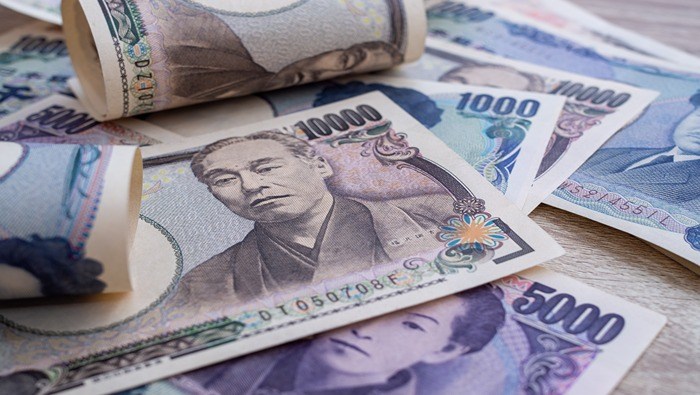Talking Points:
- Australian Dollar gained against its major counterparts as GDP figures beat expectations
- The data showed that Australia avoided a technical recession with q/q growth at 1.1%
- A lot of the gains in the immediate aftermath were restrained ahead of a key Trump speech
Have a question about trading the markets? Join a Q&A webinar and ask it live!
The Australian Dollar rallied against its major counterparts after fourth quarter gross domestic product figures beat economists’ expectations. Australia’s economy grew 2.4 percent y/y versus 2.0 percent expected and 1.9 percent in the third quarter (revised higher from 1.8 percent).
On a quarterly basis, output increased by 1.1% against an expectation of 0.8% and -0.5% prior. Since the q/q data was positive, the country avoided a technical recession. This is defined as a nation experiencing two consecutive quarters of GDP contraction.
In the immediate aftermath of the news, the Aussie Dollar’s upward momentum took a hit. Looking ahead on the event docket, Donald Trump’s address to congress at 2:00 GMT Wednesday is the big elephant in the room. As currency Strategist Ilya Spivak noted, the markets are hoping to hear some details about the administration’s economic program. With that in mind, traders may have been hesitant to take on exposure.
In addition, while the GDP figures were better than expected, the Reserve Bank of Australia is unlikely to change its monetary policy course in the near-term. In February, the RBA left rates unchanged and maintained the view that current policy will deliver sustainable growth and a return to the inflation target over time. However, they may mention a thing or two about the GDP figures during March’s interest rate decision.

Chart compiled in Tradingview







